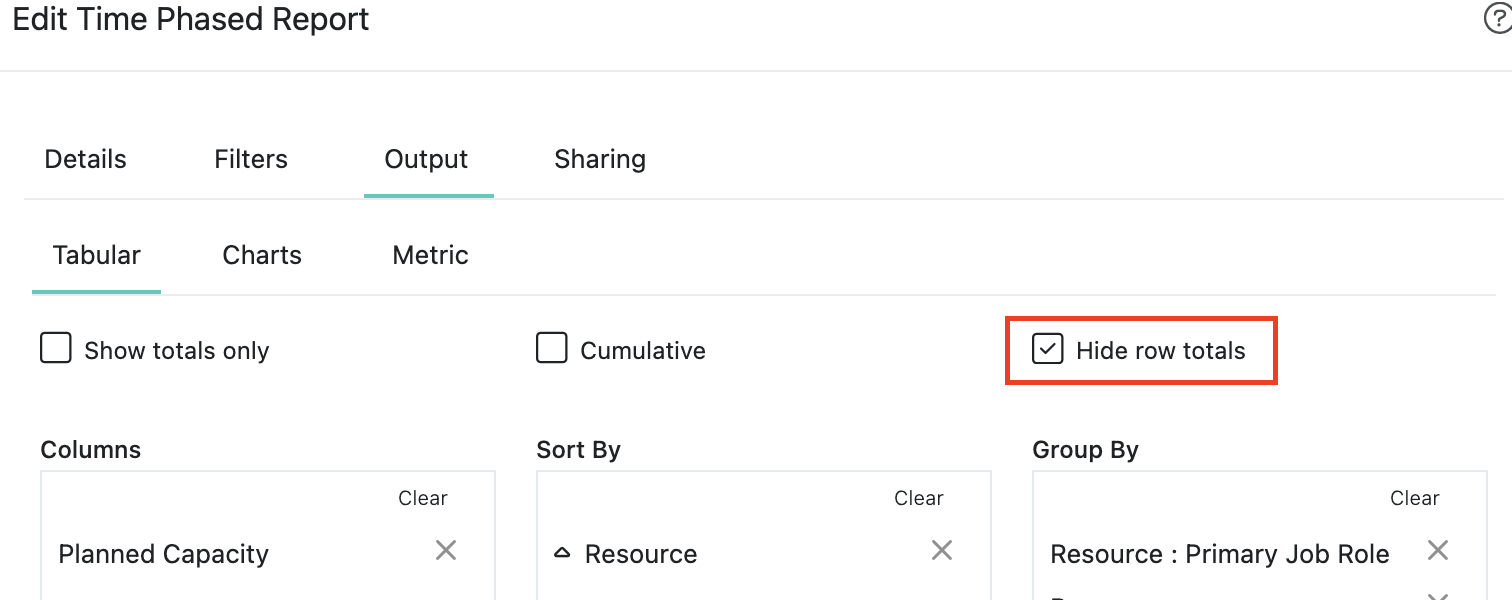Berichtstypen
Es gibt viele Entitäten in Celoxiswie Projekte, Aufgaben und Zeitprotokolle. Einige Entitäten werden auch von Ihnen mit benutzerdefinierte Anwendungen wie Bugs, Risiken und Probleme. Jede Entität hat ihre eigenen Attribute sowie Attribute, die aus anderen, in ihr enthaltenen Entitäten aggregiert wurden. So hat die Projektentität beispielsweise eigene Attribute wie Name, Priorität, Manager sowie Attribute wie genehmigte Stunden, fakturierte Einnahmen, geplante Arbeitskosten, tatsächliche Arbeitskosten usw., die aus anderen Entitäten wie Aufgaben, Zeitprotokolle und Ausgaben berechnet werden.
Wenn Sie einen Bericht erstellen, müssen CeloxisSie zunächst eine Entität auswählen, über die berichtet werden soll. Sie können wählen:
| Typ | Was Sie bekommen |
|---|---|
| Projekt | Projektattribute einschließlich der auf Projektebene aggregierten Daten aus Stundenzetteln, Spesen und Aufgaben wie Stunden, Kosten, Einnahmen, Gewinn, Marge, etc. |
| Aufgabe | Aufgabenattribute einschließlich der auf Aufgabenebene aggregierten Daten aus Stundenzetteln und Ausgaben wie Stunden, Kosten, Einnahmen usw. |
| Zeiteingabe | Zeiterfassungsattribute wie Stunden, Einreicher, Kosten, Rechnungsbetrag, etc. Mit diesen Einzelzeitangaben können Sie die Daten beliebig verdichten. Mit diesem Bericht können Sie z.B. nachvollziehen, wie sich die Zeit auf die Aktivitäten pro Mandant verteilt hat. |
| Ausgabe | Daten zu den Ausgabenposten wie Betrag, Ausgabencode usw. Sie können diese einzelnen Ausgabenposten verwenden, um Ihre Nicht-Lohn-Ausgaben auf flexible Weise zu analysieren. So können Sie beispielsweise nachvollziehen, wie die Ausgaben nach Ausgabencodes pro Kunde verteilt sind. |
| Datei | Dateiinformationen wie Check-Outs, Gesamtgröße, Pfad, etc. |
| Diskussion | Diskussionsinformationen. Sie können z.B. einen Bericht erstellen, der alle aktiven Diskussionen auflistet, an denen Sie teilnehmen. |
| Anwendungen (z.B. Fehler) | App Informationen oder Daten aus Stundenzetteln wie Stunden, Kosten, etc. für jede Workflow-Instanz aggregieren. |
| Status-Update der Aufgabe | Fortschrittsaktualisierungsattribute Ihrer Aufgaben. Sie können zum Beispiel über alle in dieser Woche vorgenommenen Aktualisierungen berichten. |
| Aufgabe | Informationen zur Aufgabenzuweisung wie Aufgabe, Ressource, geplante und tatsächliche Stunden, etc. Eine Zuweisung bezieht sich auf die Zuweisung einer Ressource zu einem Vorgang. |
| Benutzer | Benutzerattribute. Lesen Sie mehr. |
| Dashboard | Ein Bericht vom Dashboard. Lesen Sie mehr. |
| Aktivitätsprotokoll | Aktivitäten auf verschiedenen Entitäten - wer hat was und wann getan. Lesen Sie mehr. |
| Zeit stufenweise | Zeitlich gestaffelte Daten von Stunden, Kosten, Einnahmen, Auslastung, etc. Unter zeitlich gestaffelten Daten versteht man die zeitliche Verteilung von Daten. Sie können später in diesem Kapitel mehr darüber lesen. |
Zeit stufenweise
Zeitstufenberichte zeigen, wie sich eine Menge über die Zeit verteilt. Wenn Sie z.B. einen Projektbericht ausführen, können Sie die geschätzten Gesamtkosten des Projekts sehen, aber wenn Sie die geplanten Ausgaben pro Woche oder Monat verstehen möchten, müssen Sie einen Bericht mit einer zeitlichen Staffelung ausführen. Viele Mengen haben eine zeitliche Staffelung. Z.B. Budget, Aufwand, Kosten und Einnahmen.
Sie können die zeitlichen Daten in einem tabellarischen Format wie unten dargestellt oder in Form von Diagrammen anzeigen. Im Gegensatz zu anderen Entitäten sind Diagramme derzeit nicht aufschlußfähig.

| Verfügbare Stunden | Die Arbeitszeiten einer Ressource in Abhängigkeit von den Zeitpunkten des Arbeitskalenders und Ausnahmen. |
| Tatsächliche Kapazität | 1 - (Tatsächlicher Aufwand ÷ Verfügbare Stunden) prozentuell |
| Tatsächlicher Aufwand | Genehmigte Stunden in Zeitprotokollen |
| Tatsächliche Auslastung | Tatsächlicher Aufwand ÷ Verfügbare Stunden prozentuell |
| Geplante Kapazität | 1 - (Geplanter Aufwand ÷ Verfügbare Stunden) prozentuell |
| Geplanter Aufwand | Die Anzahl der Stunden, die einer Ressource für eine Aufgabe zugewiesen sind |
| Geplante Nutzung | Geplanter Aufwand ÷ Verfügbare Stunden prozentuell |
| Tatsächliche nicht abrechenbare Stunden | Genehmigte nicht abrechenbare Stunden aus Zeitprotokollen |
| Effizienz | Die Ressourceneffizienz wird berechnet als Geplanter Aufwand ÷ Tatsächlicher Aufwand als Prozentsatz. Ein Wert von 100% bedeutet, dass die Ressource genau die erwartete Leistung erbringt. Weniger als 100% bedeutet schlechter als erwartet, während mehr als 100% besser als erwartet bedeutet. |
| Freie Stunden | Die Anzahl der nicht zugewiesenen Zeit für eine Ressource, d.h. Verfügbare Stunden - Geplanter Aufwand. |
| Freie Stunden (Echtzeit) | Zeigt freie Stunden an, vorausgesetzt, dass die verbleibenden Stunden für eine Aufgabe ab dem aktuellen Datum gemäß der Zuweisung verteilt werden. Verbleibende Stunden für eine Ressource sind Geplanter Aufwand - Tatsächlicher Aufwand |
| Abgerechnete Stunden | Stunden aus abgerechneten Zeitprotokollen. |
| Tatsächliche abrechenbare Stunden | Stunden aus genehmigten und als abrechenbar gekennzeichneten Zeitprotokollen |
| Tatsächliche Kosten | Summe aus Arbeits-, Aufwands- und Fixkosten. |
| Tatsächliche Arbeitskosten | Summe der Kosten aus Zeitprotokollen |
| Tatsächliche Marge | Tatsächlicher Gewinn ÷ Tatsächliche Einnahmen |
| Tatsächlicher Gewinn | Tatsächliche Einnahmen - Tatsächliche Kosten |
| Tatsächliche Einnahmen | Summe der Rechnungsbeträge der genehmigten Zeitprotokolle und Spesen |
| Abgerechnete Erlöse | Summe der Rechnungsbeträge der fakturierten Zeitprotokolle und Spesen |
| Geplante Kosten | Summe aus geplanten Arbeitskosten, geplanten Nicht-Arbeitskosten und Fixkosten |
| Geplante Arbeitskosten | Die geschätzten Kosten für die Arbeit einer Ressource an einer Aufgabe. Der Gesamtbetrag wird gleichmäßig über die Aufgabendauer verteilt. |
| Geplante Marge | Geplanter Gewinn ÷ Geplanter Umsatz |
| Geplanter Gewinn | Geplanter Umsatz - Geplante Kosten |
| Geplanter Umsatz | Geplanter Aufwand × Ressource Rechnungstarif. Nur verfügbar, wenn das Abrechnungsmodell des Unternehmens nutzer- und nicht aktivitätsbasiert ist. |
| Umsatzpotenzial | Verfügbare Stunden × Rechnungstarif. Nur verfügbar, wenn das Abrechnungsmodell des Unternehmens nutzer- und nicht aktivitätsbasiert ist. |
Gesamtspalten ausblenden
Mit dieser Option werden die Gesamtspalten von Zeitreihenberichten ausgeblendet, damit Sie sich leichter auf bestimmte Daten konzentrieren können.
